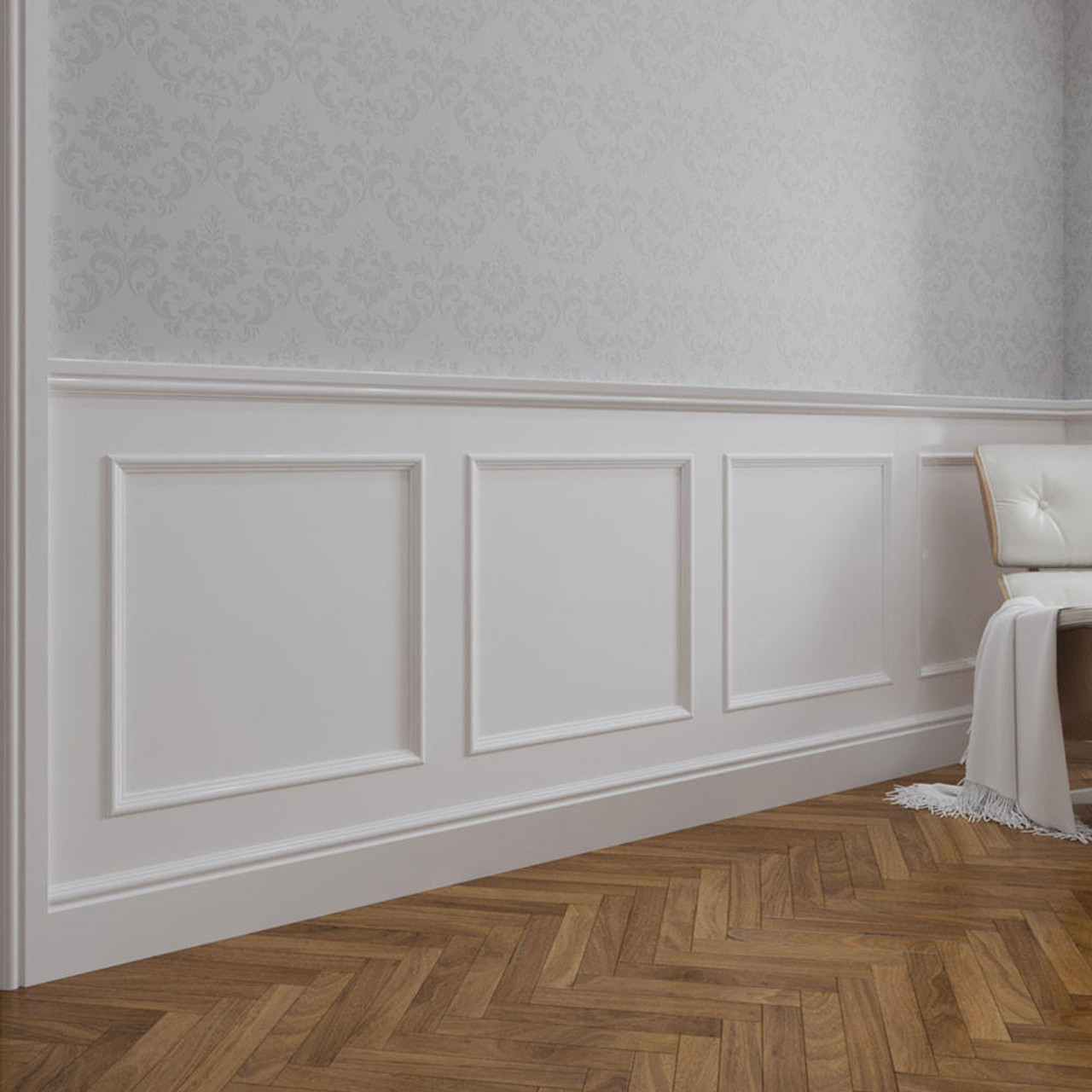DIY Techniques for Ideal Wooden Wall Paneling Design
DIY Techniques for Ideal Wooden Wall Paneling Design
Blog Article
Elegant Wooden Wall Paneling Types for Your Home
Wooden wall paneling has seen an amazing revival in interior design developments, providing a little elegance, temperature, and usefulness to any room. Creating a good choice for your room can change a boring wall into a stunning key point. From fashion concerns to realistic guidelines, this information will walk you through how to select the right mdf panelling kit for your home or office.
1. Consider the Room's Purpose and Artistic
Functionality
Each space in your home serves a unique purpose, and the selection of wooden paneling must match it. For an income room, you might decide for extraordinary, distinctive timber to create an tempting ambiance. Rooms may possibly take advantage of clean, smart panels for a cozy and tranquil vibe. For spots like kitchens or bathrooms, guarantee you decide on paneling that is moisture-resistant or covered to endure humidity.
Fashion and Concept
The beauty of the paneling should align along with your room's overall theme. For contemporary decorations, clean lines and light-colored woods such as for example birch or maple develop a smooth look. Rustic or farmhouse spots are brought your with distressed timber or reclaimed timber presenting warmer, normal tones. A Scandinavian-inspired style frequently benefits from pale woods and simple grain patterns.
2. Pick the Form of Timber and Finish
Strong Wood vs. Manufactured Timber
Wooden paneling offers an genuine search, durability, and eternal charm, but it can be expensive. Engineered wood panels, on another hand, are more affordable and come in different designs and finishes. They can copy the looks of solid wood while providing increased humidity resistance and less susceptibility to warping.
Completes and Solutions
Cell completes, such as for instance tainted, colored, or varnished wood, enjoy a substantial role in deciding their final appearance. Discoloration shows the natural grain of the timber, while decorated panels enable a broader selection of color options. For extra safety, assure the sections are sealed with remedies suited to your environment.
3. Believe About Panel Size and Direction
Wall paneling comes in a variety of shapes, from thin strips to large sheets. Vertical sections will make an area appear older, which is ideal for rooms with lower ceilings. Horizontal paneling, on one other give, generates a larger feel, creating smaller areas search bigger and more open.
4. Know Your Budget
Set a budget that includes not only the expense of the wood paneling but also installment and preservation expenses. While premium wood options, like walnut or cherry, may possibly raise your room, there are numerous cost-effective alternatives like plywood or medium-density fiberboard (MDF) that also offer aesthetic appeal at a fraction of the cost.
5. Examine Lighting in the Space

The kind of timber and their end may react differently to light. Light woods brighten dimly lit rooms, highlighting sunshine or synthetic light. However, darker woods include range and richness to obviously bright areas but may make small or badly illuminated rooms experience more closed if greatly used.
6. Factor in Endurance and Maintenance
Each form of wooden screen involves various degrees of upkeep. Hardwoods like cherry or mahogany are resilient and long-lasting but might require more polishing to maintain their check out the years. Engineered wood or cells with protective coatings in many cases are simpler to completely clean and take care of, specially in high-traffic areas.
Raise Your Decorations with the Correct Wooden Paneling
Deciding on the best wooden wall paneling may totally change the look and experience of one's space. Hold your room's functionality, fashion, and practicality in mind as you investigate options. With innovative collection, wooden paneling blends purpose and model, giving your decorations a classic appeal that aligns with contemporary style trends. Report this page